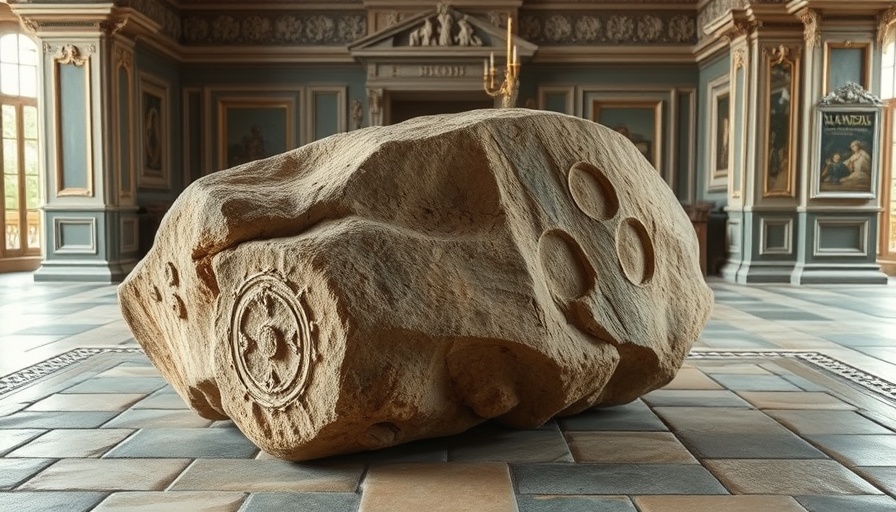
The Shocking Incident
In a rather peculiar instance witnessed in Scotland, an Australian tourist clad in a kilt has found himself at the center of controversy after allegedly smashing the case that protects the legendary Stone of Destiny. Known for its historical significance and connection to Scottish monarchy, this sandstone block has traveled through tumultuous times and remains a potent symbol of Scottish identity. The incident unfolded at the Perth Museum, drawing attention not just locally but globally.
What is the Stone of Destiny?
The Stone of Destiny, also referred to as the Stone of Scone, weighs a hefty 335 pounds and has been an integral part of Scottish coronation ceremonies dating back to the medieval era. Traditionally, it was placed beneath the coronation chair at Westminster Abbey, marking the crowning of monarchs from Scotland and later Britain. Its tumultuous past includes theft by England’s King Edward I in the 13th century and its eventual return to Scotland in 1996 after a long saga of national pride and rebel theft in 1950 by students from Glasgow. This long-standing history lends poignancy to the recent incident, underlining the heavy emotions tied to this national artifact.
Cultural Sensitivities at Play
The Stone's significance extends beyond mere history; it embodies Scottish identity and sovereignty. For many, the stone has become a potent emblem of nationalism, often eliciting passionate reactions from those who feel a historical injustice remains unaddressed. The incident in Perth underscores how deeply intertwined cultural heritage and emotions can become, especially when disruptions occur. It raises essential questions about respect for national symbols amid modern societal interactions.
The Arrest and Its Implications
The alleged attacker, Arnaud Harixcalde Logan, appeared in court to face charges of “malicious mischief,” comparable to vandalism. While the stone itself remains unharmed, the event highlights the need for enhanced security around treasured national artifacts. Museums worldwide often grapple with balancing accessibility and safety, making this incident a critical point of discussion for cultural institutions.
Public and Expert Reactions
Reaction to the incident has been mixed, ranging from disbelief to incredulity. Social media platforms buzzed with commentary as users debated the motivations behind Logan’s actions. Some experts suggest that cultural disconnection might have played a role in his actions, indicating a need for educational initiatives directed at tourists regarding local cultural heritage. Encouraging a deeper understanding could potentially deter disrespectful behaviors in the future.
Legal Ramifications and Future Discussions
Legal professionals weigh in, noting the significance of this case from both a cultural and legal standpoint. As the court proceedings unfold, discussions about legislation regarding the protection of cultural artifacts may arise. This incident may spark a broader conversation about how nations safeguard their historic symbols, ensuring that such acts of “malicious mischief” are viewed in a serious light to deter future incidents.
Similar Incidents in Context
A historical lens can also provide insights. Similar attacks on cultural symbols—whether the infamous attack on the Mona Lisa in the early 20th century or vandalism against indigenous Australian rock art—demonstrate a recurring theme. They raise the question of how contemporary societies respect and protect sites of historical importance.
Conclusion
The incident involving the Stone of Destiny serves as an important reminder of the fragility of cultural symbols. As Scotland reflects on the implications of this episode, it invites us all to consider how we engage with our shared heritage. For those interested in entertainment and cultural stories, this incident sheds light on the intersection of tourism, respect for heritage, and national pride.
As we continue to navigate a complex world shaped by cultural dynamics, let’s commit to appreciating these symbols of identity and the narratives they hold. If you’re visiting Scotland, consider diving into its rich history—understanding it adds depth to your experience.
 Add Row
Add Row  Add
Add 






Write A Comment